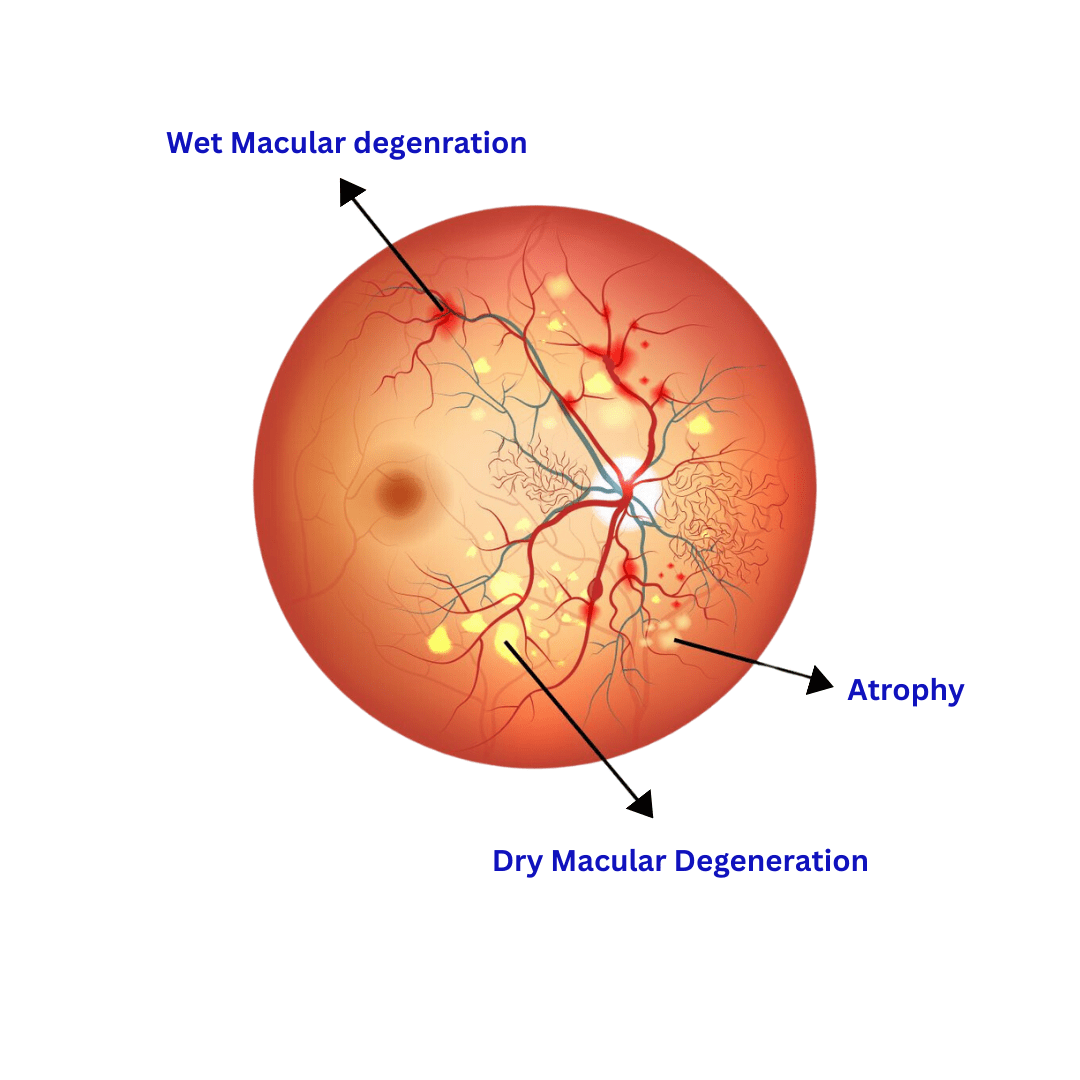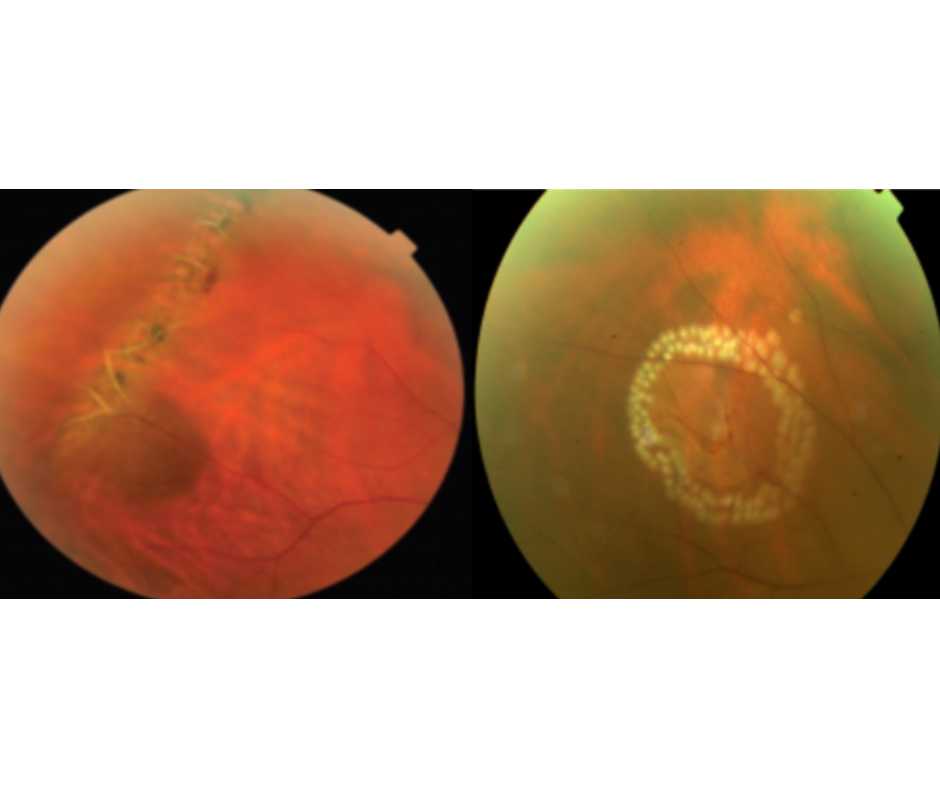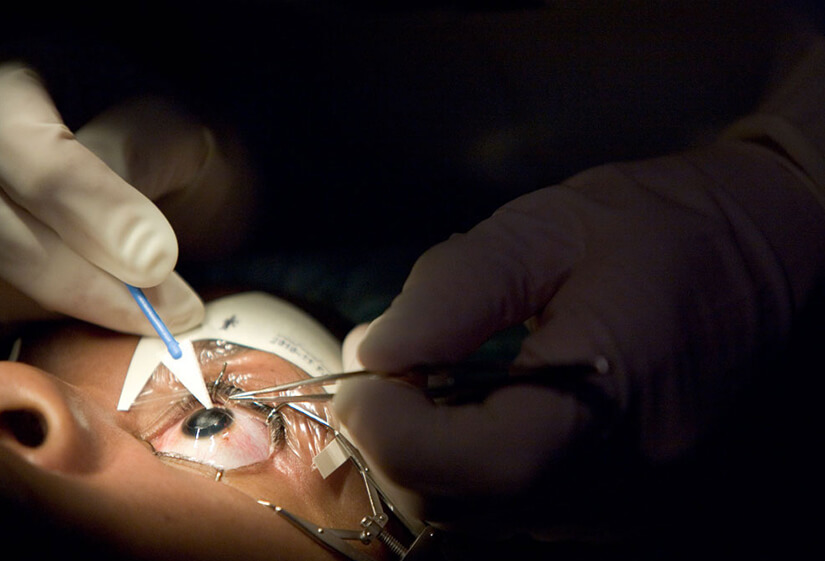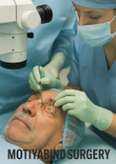ARMD is a prevalent eye condition that affects a significant portion of the aging population. This progressive disease impacts the macula, a small central area of the retina responsible for sharp and detailed vision. In this article, we will delve into the causes, symptoms, and available treatment options for ARMD, shedding light on this crucial issue that affects so many individuals as they grow older.
The Basics of ARMD:
What is ARMD?
Age related macular degeneration is a condition that damages the macula, a small but critical area of the retina responsible for central vision. Central vision is essential for tasks such as reading, driving, and recognizing faces.

Types of age related macular degeneration:
There are two main types of ARMD: dry and wet. Dry age-related macular degeneration is characterized by the gradual deterioration of the macula’s light-sensitive cells. Wet age-related macular degeneration, on the other hand, involves the growth of abnormal blood vessels under the macula, leading to rapid and severe vision loss.
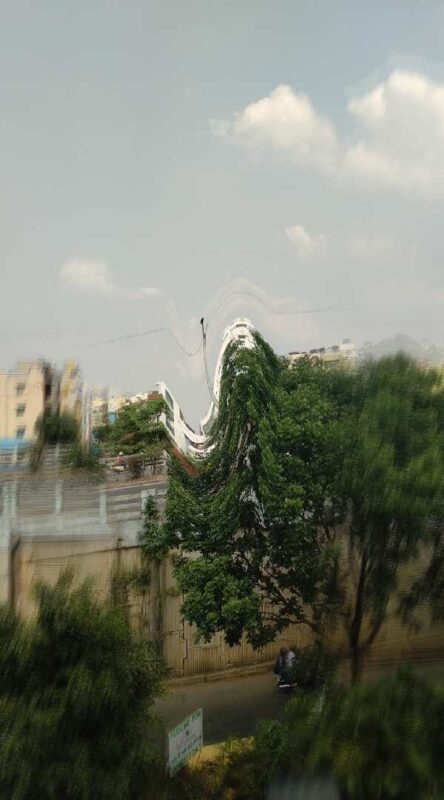
Causes of ARMD:
Age and Genetics:
The primary risk factor for ARMD is age. As individuals grow older, the risk of developing the condition increases. Genetics also play a role, as ARMD tends to run in families.
Lifestyle Factors:
Certainly, certain lifestyle factors can significantly contribute to the development and progression of age-related macular degeneration (ARMD). First and foremost, smoking stands out as a major culprit; its detrimental effects are undeniable. Moreover, a poor diet, one lacking essential nutrients, also plays a pivotal role in increasing the risk of ARMD. Additionally, the lack of regular exercise further compounds this risk, creating a multifaceted challenge. Last but not least, excessive exposure to UV light, often underestimated in its impact, has been unequivocally linked to a heightened likelihood of developing age-related macular degeneration. In essence, these interconnected factors collectively underscore the substantial influence on the susceptibility to Age related macular degeneration.
Symptoms and Diagnosis:
Early Stage Symptoms:
In the early stages, ARMD might not present noticeable symptoms. However, as the disease progresses, individuals may experience blurred or distorted central vision.
Advanced Stage Symptoms:
Absolutely, advanced age-related macular degeneration (ARMD) can have profound implications for vision. As the condition progresses, it can result in a noteworthy loss of central vision. Transitioning to specific visual distortions, straight lines might appear distorted, creating a disorienting visual experience. Additionally, dark spots can emerge, further complicating the field of view. In essence, these visual disturbances significantly impact one’s ability to perceive the world around them.
Diagnostic Procedures:
Eye doctors use various tests to diagnose ARMD, including a dilated eye exam, visual acuity test, and optical coherence tomography (OCT) scan.
Prevention and Risk Reduction:
Diet and Nutrition:
A diet rich in antioxidants, vitamins, and minerals can help reduce the risk of ARMD. Foods like leafy greens, fish, and fruits high in vitamin C and E are beneficial.
UV Protection:
Protecting your eyes from harmful UV rays by wearing sunglasses and wide-brimmed hats can contribute to preventing age related macular degeneration.
Regular Eye Exams:
Routine eye exams can help detect ARMD in its early stages, allowing for timely intervention.
Treatment Approaches:
Lifestyle Changes:
Healthy lifestyle choices such as quitting smoking, eating a balanced diet, and maintaining a healthy weight can slow the progression of ARMD.
Medications and Injections:
For wet ARMD, medications and injections are available to inhibit the growth of abnormal blood vessels and preserve vision.
Surgical Interventions:
In some cases, surgical procedures like laser therapy or photodynamic therapy may be recommended.
Living with age related macular degeneration:
Coping Strategies:
Individuals with ARMD can benefit from utilizing magnifiers, task lighting, and contrasting colors to make daily activities easier.
Support Systems:
Support groups and counseling can provide emotional assistance to individuals coping with the challenges of ARMD.
Enhancing Quality of Life:
Low Vision Aids:
Devices such as magnifying glasses and telescopic lenses can enhance the remaining vision for those with advanced ARMD.
Rehabilitation Programs:
Low vision rehabilitation programs offer training to maximize independence and adapt to visual changes.
Research and Future Outlook:
Ongoing Studies:
Researchers are continually exploring new treatments and interventions to improve the lives of individuals with ARMD.
Potential Breakthroughs:
Emerging technologies like gene therapy hold promise for slowing down or even reversing the progression of ARMD.
Conclusion:
Age-Related Macular Degeneration is a significant concern for the aging population. By understanding the causes, symptoms, and available treatments, individuals can take proactive steps to manage their eye health and maintain their quality of life.

